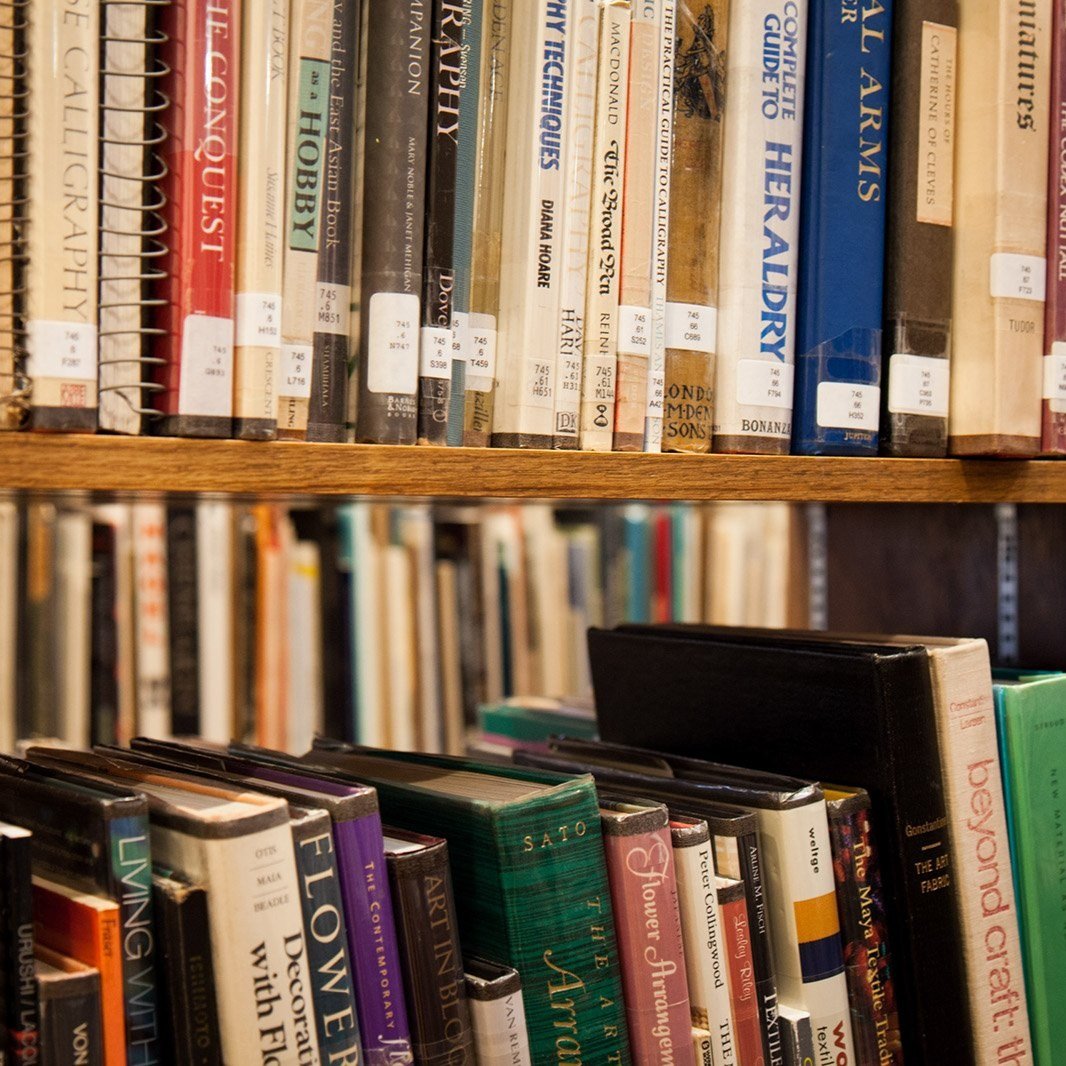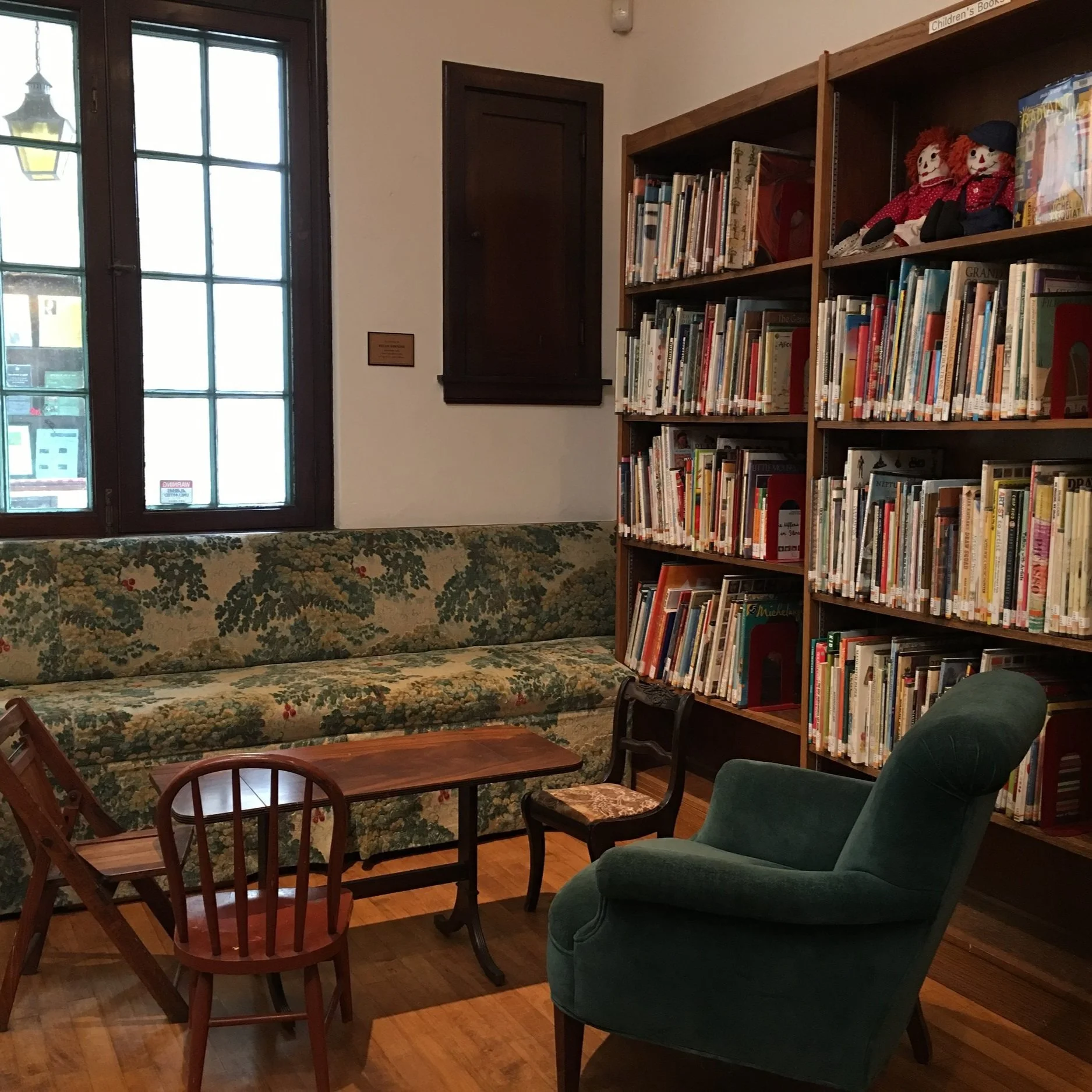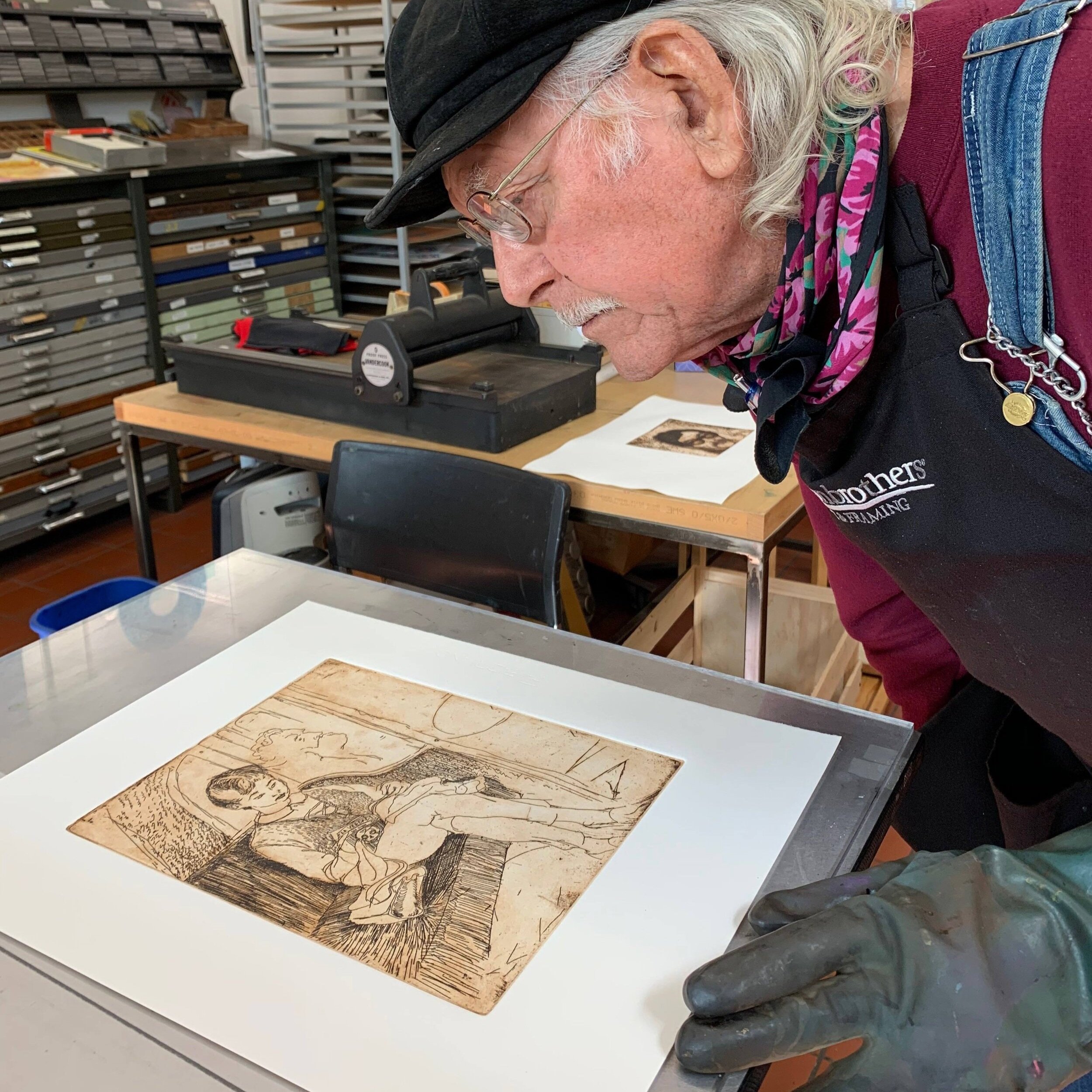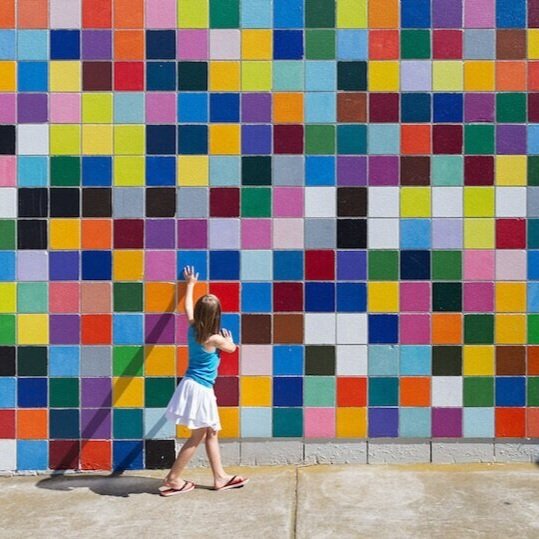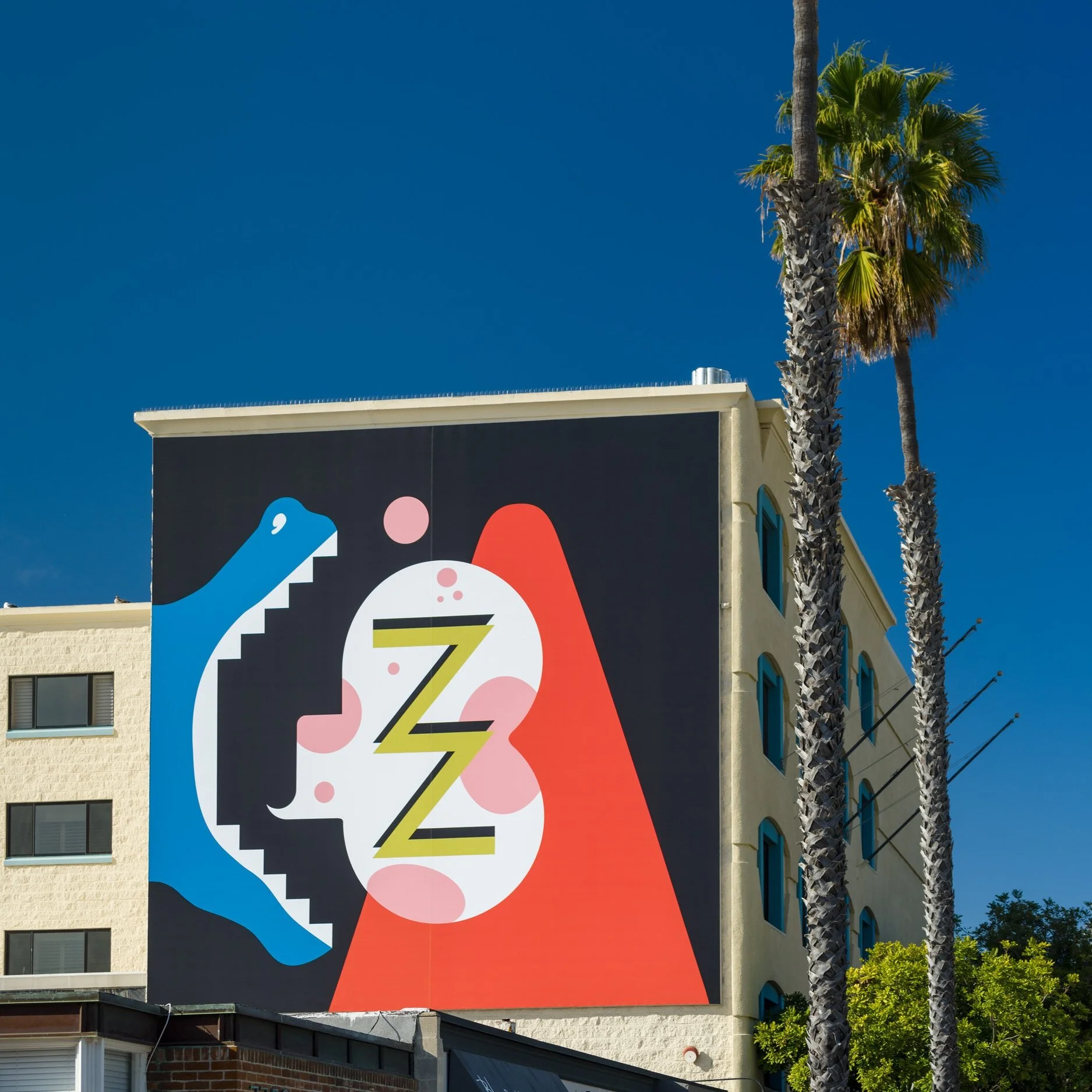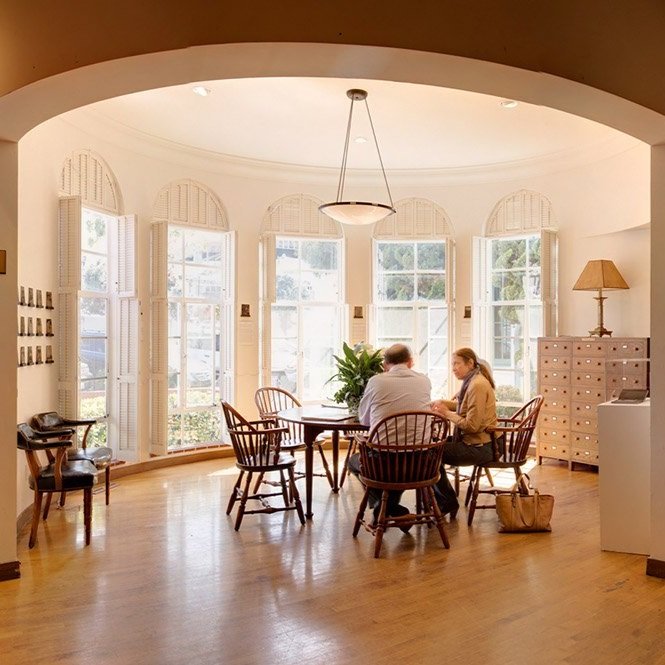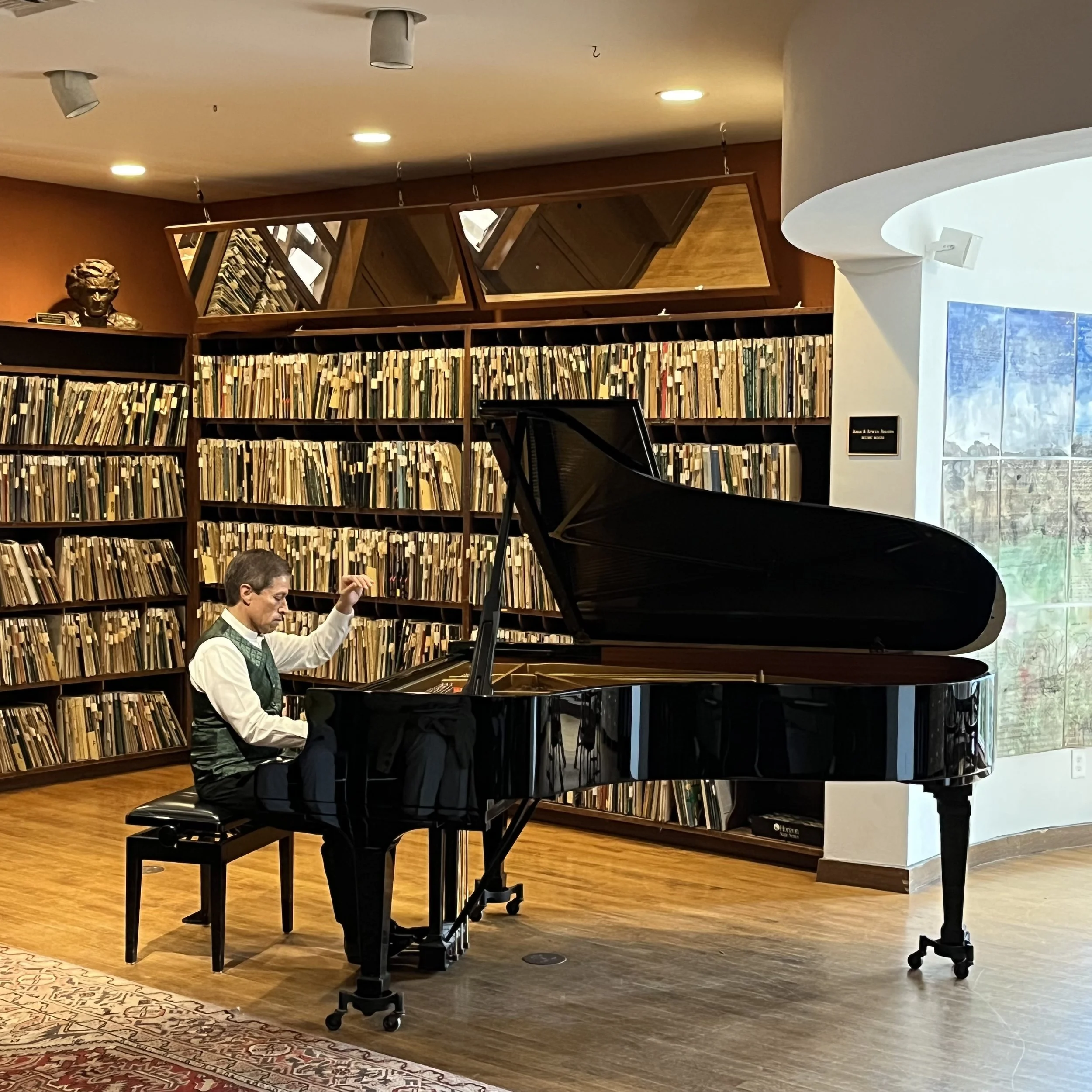Tickets
HOME / TICKETS
- Andre Wan
- Ashley Norton
- Ben Wendel
- Ben Wendel Quartet
- Bri Schillings
- Brian Manke
- Brown Sugar
- Cindy Lee Berryhill
- Dave Booda
- Dr. Texu Kim
- Enrique Platas
- Gayle Skidmore
- Gerald Clayton
- Gustavo Romero
- Jefferson Jay
- Jesus Gonzalez
- Jimmy Patton
- Jonathan Crow
- Jonathan Pinson
- Julia Sage
- Lee Coulter
- Lisa Sanders
- Liz Ajuzie
- Luca Alemanno
- Michelle Lerach
- Monette Marino
- New Orford String Quartet
- San Diego New Music
- Santiago Orozco
- Sharon Wei
- Sue Palmer
- Tim Flannery
- Walt Richards
- Wax
Monday, April 21, 2025
7:30 PM
Architect Antonio Gaudí was the greatest exponent of Catalan modernism. Influenced by neo-Gothic techniques and orientalism, he forged a unique organic style inspired by the complex geometry of natural forms. Although his very long career predates and postdates Art Nouveau’s heyday, his most original works coincide with the 1890–1915 period of this lecture series. His experimental work with hyperboloid and paraboloid arches influenced mid-century modernism, High Tech, postmodernism, and Deconstructivism.
Thursday, April 24, 2025
7:30 PM
*AT THE ATHENAEUM MUSIC & ARTS LIBRARY*
The series concludes on Thursday, April 24, at the Athenaeum with the Ben Wendel Quartet, featuring Wendel on saxophone with an all-star rhythm section of Gerald Clayton on piano, Luca Alemanno on bass, and Jonathan Pinson on drums. Grammy-nominated saxophonist Ben Wendel was born in Vancouver and raised in Los Angeles. Currently living in Brooklyn, he has enjoyed a varied career as a performer, composer, and producer. Highlights include tours, performances, and/or recordings with artists such as Terence Blanchard, Bill Frisell, Cécile McLorin Salvant, Tigran Hamasyan, Antonio Sanchez, Eric Harland, Taylor Eigsti, Linda May Han Oh, Moonchild, Louis Cole, Daedelus, Snoop Dogg, and Prince. Wendel is a founding member of the Grammy-nominated group Kneebody. His 2023 record, All One, was nominated for a Grammy in the Best Contemporary Instrumental Album category. His latest release, Understory: Live at the Village Vanguard (October 2024), features his longtime colleague, Gerald Clayton.
Wednesday, May 7, 2025
7:30 PM
San Diego New Music invites composers to apply to the Emerging Composers Workshop in spring 2025. In this program, students will participate in a three-part seminar with San Diego State University (SDSU) music composition and theory professor, Dr. Texu Kim. The workshop will culminate in a public reading session of new works by selected high school students on Wednesday, May 7, at the Athenaeum Art Center in Logan Heights.
Monday, May 12, 2025
7:30 PM
The series concludes Monday, May 12, with the New Orford String Quartet presenting works by Mozart, Dinuk Wijeratne, and Schubert (Death and the Maiden). Violinists Andrew Wan and Jonathan Crow, violist Sharon Wei, and cellist Brian Manke formed their ensemble with the goal of developing a new model for a touring string quartet: bringing four elite orchestral leaders and soloists together on a regular basis over many years to perform chamber music at the highest level. The Toronto Star has described this outcome as “nothing short of electrifying.” They have seen astonishing success, giving annual concerts for national CBC broadcast and receiving two Opus Awards for Concert of the Year and a 2017 JUNO Award for Best Classical Album. Recent seasons have featured return engagements in Chicago, Montreal, and Toronto, as well as their New York City debut on Lincoln Center’s Great Performers series.
Fridays, May 16, 23 & 30; June 6, 2025
7:30 PM
The Athenaeum Music & Arts Library is pleased to present the 2025 spring season of the Acoustic Evenings concert series, beginning May 16. The Acoustic Evenings series at the Athenaeum showcases some of the finest acoustic musicians in San Diego. Multiple acts fill each program, and attentive audiences delight in the intimacy of the unplugged storytelling format. San Diego Music Hall of Fame founder Jefferson Jay organizes and hosts the series. The project advances the Athenaeum’s commitment to support diverse San Diego talent. Acoustic Evenings is an unforgettable and personal experience for San Diego music lovers. The series, continuing through June 6, is set in the Athenaeum’s Joan & Irwin Jacobs Music Room.
Friday, May 16, 2025
7:30 PM
The series opens on Friday, May 16, with Wax, Cindy Lee Berryhill, and Gayle Skidmore. Gold-record recipient Wax is mostly known as a rapper with millions of views on YouTube to show for it. He is also a producer, songwriter, singer, and comedian. A founding member of the New York City Anti-folk movement, Cindy Lee Berryhill emerged as a distinctive voice in alternative music in the late 1980s. With a legacy of critically acclaimed albums, she continues to inspire with her signature mix of folk, rock, and social commentary. Seven-time San Diego Music Award nominee Gayle Skidmore has written over 2,500 songs since she began composing at age 8. A multi-instrumentalist trained in classical piano, Skidmore has mastered over 20 instruments and blends folk, pop, and classical influences into her award-winning songwriting.
Friday, May 23, 2025
7:30 PM
On Friday, May 23, the series continues with Jimmy and Enrique, Sue Palmer and Liz Ajuzie, and Walt Richards. Guitarist Jimmy Patton and percussionist Enrique Platas blend flamenco, Middle Eastern, salsa, calypso, Brazilian, and other world rhythms into their fiery, virtuosic performances. Their unique world-music style captivates audiences with intricate guitar passages and exotic percussive rhythms. Known as the Queen of Boogie Woogie, Sue Palmer has been a force in the San Diego music scene for over 30 years. Inducted into the San Diego Music Hall of Fame, Palmer teams up with powerhouse vocalist Liz Ajuzie, whose dynamic voice perfectly complements Palmer’s electrifying piano playing. An expert in guitar and banjo, Walt Richards has been performing and teaching music for over 50 years. He has worked with numerous musical groups, participated in live theater productions, and even won an Emmy for his television work.
Friday, May 30, 2025
7:30 PM
The series continues Friday, May 30, with Tim Flannery, Jeff Berkley, and Ashley Norton. A celebrated singer-songwriter with 14 albums to his name, Tim Flannery blends bluegrass, country, and rock into heartfelt narratives about love, travel, and life on the road. A three-time World Series champion coach with the San Francisco Giants, he and his wife also founded the Love Harder Project, a nonprofit with an anti-bullying focus. Jeff Berkley is a San Diego-based songwriter, musician, and producer known for his soulful style and collaborations with major artists like Jackson Browne and Ben Harper. A multi–San Diego Music Award winner and Hall of Fame inductee, he continues to create and produce across genres. Singer-songwriter-guitarist Ashley Norton is the leader of the all-female Americana band Lady Psychiatrist’s Booth and creator of the popular all-female songwriter showcase Songbirds. Her performances feature original compositions and unique renditions of beloved classics.
Friday, June 6, 2025
7:30 PM
The series concludes Friday, June 6, and we are expanding from our traditional three songwriters’ format for the first time ever for a special celebration of music and love. There are so many great talents in and around San Diego. For one night only, explore an array of excellent artists all assembled to deliver songs of love to you. Enjoy Acoustic Evenings exemplified, featuring Lee Coulter, Julia Sage, Dave Booda, Monette Marino, Santiago Orozco, Jesus Gonzalez, Jefferson Jay, Bri Schillings, and Michelle Lerach. One night only—and leave with a few new favorite artists.
Sunday, July 6, 2025
4 PM
We are pleased to announce the dates for the 26th Athenaeum Summer Festival, a series of four concerts that will feature virtuoso pianist Gustavo Romero. Continuing a beloved tradition, this summer Gustavo Romero will celebrate and focus on the piano music of Sergei Rachmaninoff, including his preludes, etude-tableaux variations, and sonatas, accompanied by select pieces by his Russian contemporaries. For 25 years, the Athenaeum has presented unforgettable festivals featuring Gustavo Romero performing the complete piano repertoire of a specific composer. Whether you have been with us all 25 years or have yet to experience the wonder of this artist—who plays from memory—you will not want to miss our upcoming 26th Summer Festival.
Sundays, July 6, 13, 20 & 27, 2025
4 PM
We are pleased to announce the dates for the 26th Athenaeum Summer Festival, a series of four concerts that will feature virtuoso pianist Gustavo Romero. Continuing a beloved tradition, this summer Gustavo Romero will celebrate and focus on the piano music of Sergei Rachmaninoff, including his preludes, etude-tableaux variations, and sonatas, accompanied by select pieces by his Russian contemporaries. For 25 years, the Athenaeum has presented unforgettable festivals featuring Gustavo Romero performing the complete piano repertoire of a specific composer. Whether you have been with us all 25 years or have yet to experience the wonder of this artist—who plays from memory—you will not want to miss our upcoming 26th Summer Festival.
Sunday, July 13, 2025
4 PM
We are pleased to announce the dates for the 26th Athenaeum Summer Festival, a series of four concerts that will feature virtuoso pianist Gustavo Romero. Continuing a beloved tradition, this summer Gustavo Romero will celebrate and focus on the piano music of Sergei Rachmaninoff, including his preludes, etude-tableaux variations, and sonatas, accompanied by select pieces by his Russian contemporaries. For 25 years, the Athenaeum has presented unforgettable festivals featuring Gustavo Romero performing the complete piano repertoire of a specific composer. Whether you have been with us all 25 years or have yet to experience the wonder of this artist—who plays from memory—you will not want to miss our upcoming 26th Summer Festival.
Sunday, July 20, 2025
4 PM
We are pleased to announce the dates for the 26th Athenaeum Summer Festival, a series of four concerts that will feature virtuoso pianist Gustavo Romero. Continuing a beloved tradition, this summer Gustavo Romero will celebrate and focus on the piano music of Sergei Rachmaninoff, including his preludes, etude-tableaux variations, and sonatas, accompanied by select pieces by his Russian contemporaries. For 25 years, the Athenaeum has presented unforgettable festivals featuring Gustavo Romero performing the complete piano repertoire of a specific composer. Whether you have been with us all 25 years or have yet to experience the wonder of this artist—who plays from memory—you will not want to miss our upcoming 26th Summer Festival.
Sunday, July 27, 2025
4 PM
We are pleased to announce the dates for the 26th Athenaeum Summer Festival, a series of four concerts that will feature virtuoso pianist Gustavo Romero. Continuing a beloved tradition, this summer Gustavo Romero will celebrate and focus on the piano music of Sergei Rachmaninoff, including his preludes, etude-tableaux variations, and sonatas, accompanied by select pieces by his Russian contemporaries. For 25 years, the Athenaeum has presented unforgettable festivals featuring Gustavo Romero performing the complete piano repertoire of a specific composer. Whether you have been with us all 25 years or have yet to experience the wonder of this artist—who plays from memory—you will not want to miss our upcoming 26th Summer Festival.





